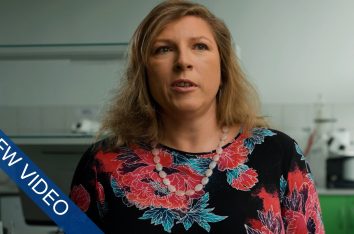Rafał Pankowski, M.D., Ph.D., D.Sc., from Department of Orthopaedics and Kinetic Organ Traumatology Medical University of Gdańsk (certified AO Spine Centre) specializes in surgical treatment of scoliosis.
Scoliosis is a multifactorial three-dimensional spinal deformity where, apart from its lateral bend and disturbed sagittal profile, vertebral rotation occurs. When the vertebrae rotate, ribs start to stand out and a rib hump grows on the back, a reason for complexes and frustration. By analysing the results of scoliosis treatment, one can learn that it is the elimination of the hump in the mechanism of derotation which determines the quality of a young person’s life in the future.
read more
Taking the aforementioned dependencies into account, the development of all spinal surgery treatment systems for scoliosis was aimed to improve the manoeuvre of the spinal derotation, i.e. reversal of its adverse changes. When operating on dozens of spines, I made use of various direct derotation systems available in Europe. Special implants were screwed into the spine with connectors inserted and then attempts were made to "unscrew" it. However, I could intuitively sense the limits of this manoeuvre.
In 2013 Rafał Pankowski introduced an intraoperative CT scanning to assess the effects of derotation. In the course of operation, before and after the correction of rotation, he ran CT scanning on patients. It turned out that intuitive derotation is hardly effective, because it corrected just 15% of the curvature which accounts for the hump formation. He decided to look for a solution and to objectively examine the extent to which this type of procedure can be performed in order to make it effective but also safe to patients. In order to achieve it, he designed a biomechanical test assessing the critical moment of the direct derotation force within the spinal cord which can be applied for the surgical treatment of scoliosis, then he ran a series of experimental tests.
A prototype of derotator was developed, soon followed by its clinical version. It is made of metal and is equipped with a specially calibrated dynamometer, which limits derotation within its effective and safe range, excluding the risk of iatrogenic spinal fracture. It is dedicated primarily to the surgical treatment of idiopathic thoracic scoliosis accompanied by costal humps.
The industrial design of the derotator has already been registered at the European Union Intellectual Property Office (EUIPO).



